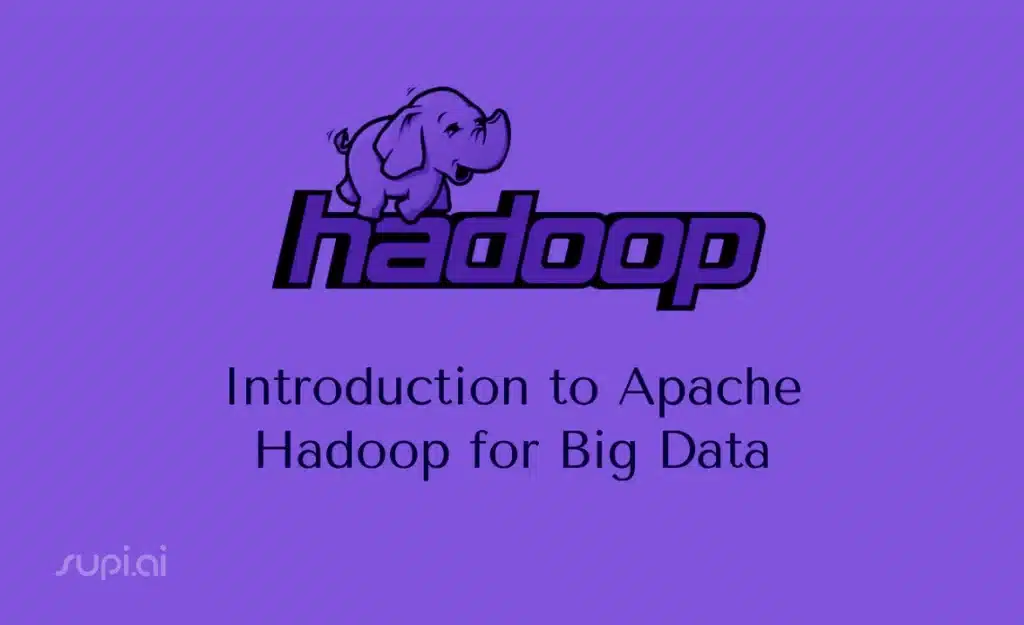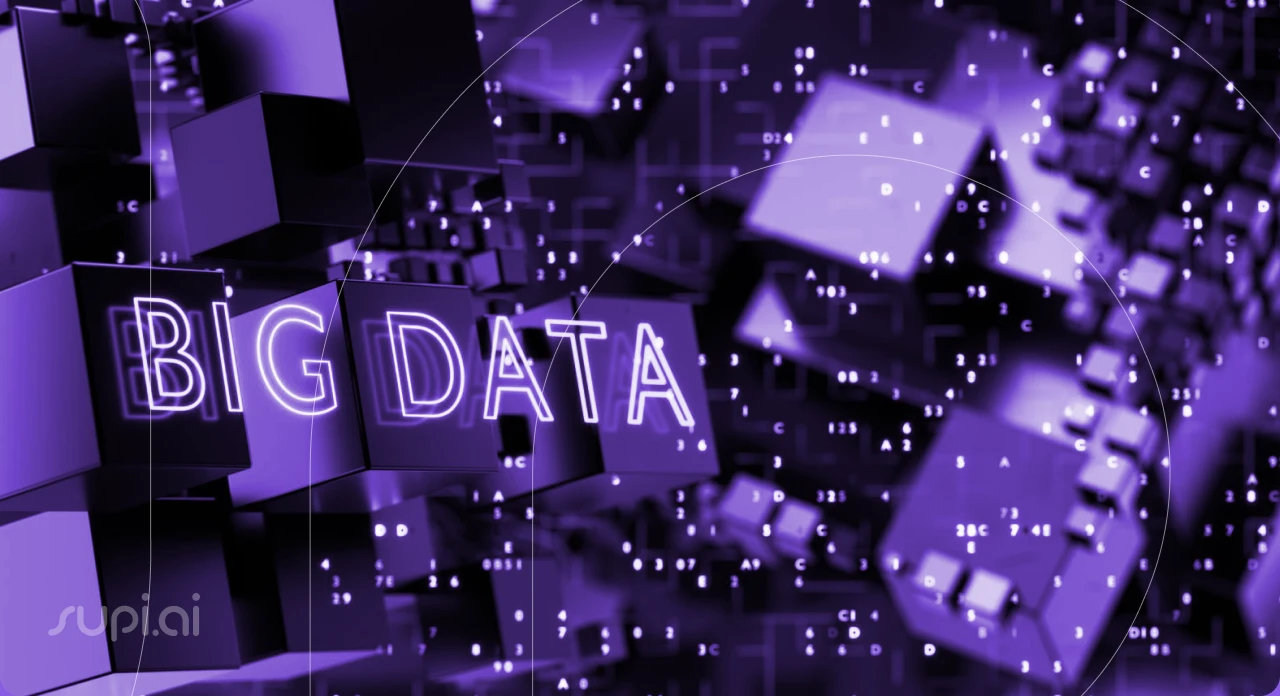In the era of digital transformation, data is the new oil. But like crude oil, raw data needs refining to unlock its true value. This is where Big Data Integration comes into play. It’s the process of combining data from various sources to provide a unified view, facilitating better analysis, decision-making, and strategic planning.
The Importance of Big Data Integration
Enhancing Decision Making
Big Data Integration allows organizations to draw from a vast pool of data, leading to more informed and accurate decision-making. By having access to a comprehensive dataset, businesses can uncover trends and insights that would otherwise remain hidden.

Improving Operational Efficiency
Integrating big data helps streamline operations. With all data in one place, businesses can optimize processes, reduce redundancies, and enhance productivity. It’s like having all the pieces of a puzzle fit perfectly together.
Driving Innovation
Innovation thrives on information. By integrating big data, companies can identify new opportunities, drive product development, and stay ahead of market trends. It’s like having a crystal ball that shows what’s next on the horizon.
Key Components of Big Data Integration
Data Sources
Data sources are the origin points of data. They can be anything from social media platforms, transactional systems, IoT devices, to mobile apps. The variety of sources contributes to the richness of the data.
Data Storage
Once collected, data needs a home. This is where data storage comes in. Solutions like data warehouses, data lakes, and cloud storage are commonly used to store vast amounts of data efficiently.
Data Processing
Raw data is not immediately useful. It needs to be processed. Data processing involves cleaning, transforming, and structuring data so it can be analyzed. This step is crucial for ensuring data accuracy and usability.
Data Analytics
Data analytics is the stage where data turns into insights. Using various analytical tools and techniques, businesses can interpret data to make strategic decisions. Think of it as the brain of the operation.

Big Data Integration Techniques
ETL (Extract, Transform, Load)
ETL is a traditional method where data is extracted from source systems, transformed into a suitable format, and then loaded into a storage system. It’s like making sure all ingredients are prepared before cooking a dish.
ELT (Extract, Load, Transform)
ELT flips the script by loading raw data into the storage system first and then transforming it. This method is beneficial when dealing with large volumes of data that need rapid processing.
Data Virtualization
Data virtualization allows accessing and managing data without requiring physical storage. It creates a virtual layer where data from different sources can be queried and viewed as a single dataset.
Challenges in Big Data Integration
Data Quality
Ensuring high data quality is a major challenge. Inconsistent, incomplete, or inaccurate data can lead to erroneous insights. Maintaining data integrity across diverse sources requires robust validation and cleansing processes.
Data Security
With great data comes great responsibility. Protecting sensitive information from breaches and ensuring compliance with regulations like GDPR is critical. Security measures must be an integral part of the integration strategy.
Scalability
Big data means big volumes. Scalability is a challenge as data grows exponentially. Integration solutions must be able to handle increasing amounts of data without compromising performance.
Best Practices for Successful Big Data Integration
Ensuring Data Quality
Implementing rigorous data validation and cleaning processes is essential. Regular audits and automated checks can help maintain high data quality, ensuring that the data is reliable and accurate.
Implementing Robust Security Measures
Data security should never be an afterthought. Encryption, access controls, and regular security assessments are vital to protect data and ensure compliance with regulations.
Utilizing Scalable Solutions
Choose integration tools and platforms that can grow with your data. Scalable solutions ensure that as your data volume increases, your integration process remains efficient and effective.

Tools and Technologies for Big Data Integration
Apache Hadoop
Hadoop is a popular framework for storing and processing large datasets. It provides a scalable and fault-tolerant system, making it ideal for handling big data integration tasks.
Apache Spark
Spark is known for its fast processing capabilities. It can handle large-scale data processing and is often used for real-time data integration and analytics.
Talend
Talend is a powerful integration tool that supports various data integration processes. It’s known for its user-friendly interface and comprehensive features, making it a favorite among businesses.
The Future of Big Data Integration
AI and Machine Learning
The future of big data integration lies in automation and intelligence. AI and machine learning are set to play a pivotal role in automating integration processes and providing predictive insights.
Real-Time Data Integration
Real-time data integration is becoming increasingly important. The ability to process and analyze data as it is generated allows businesses to respond quickly to changing conditions and make timely decisions.
Conclusion
Big Data Integration is the cornerstone of modern data management strategies. By combining data from various sources, businesses can gain valuable insights, improve efficiency, and drive innovation. While challenges exist, adhering to best practices and leveraging advanced tools can lead to successful integration efforts. As we move forward, the integration of AI and real-time data processing will further revolutionize how we handle big data.




